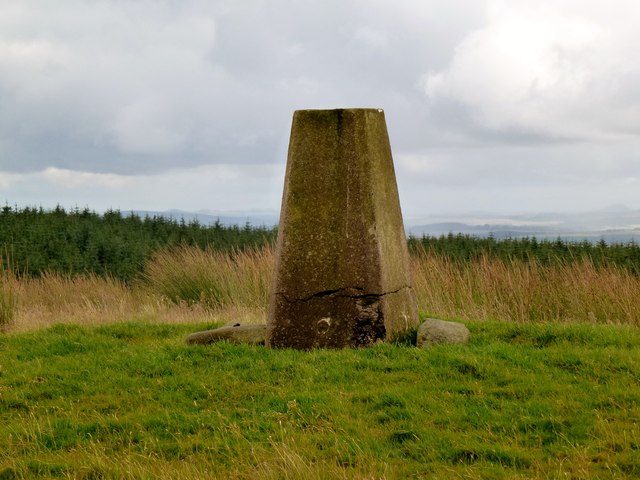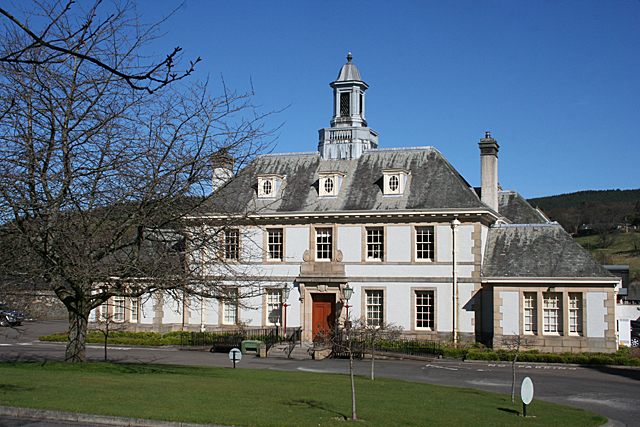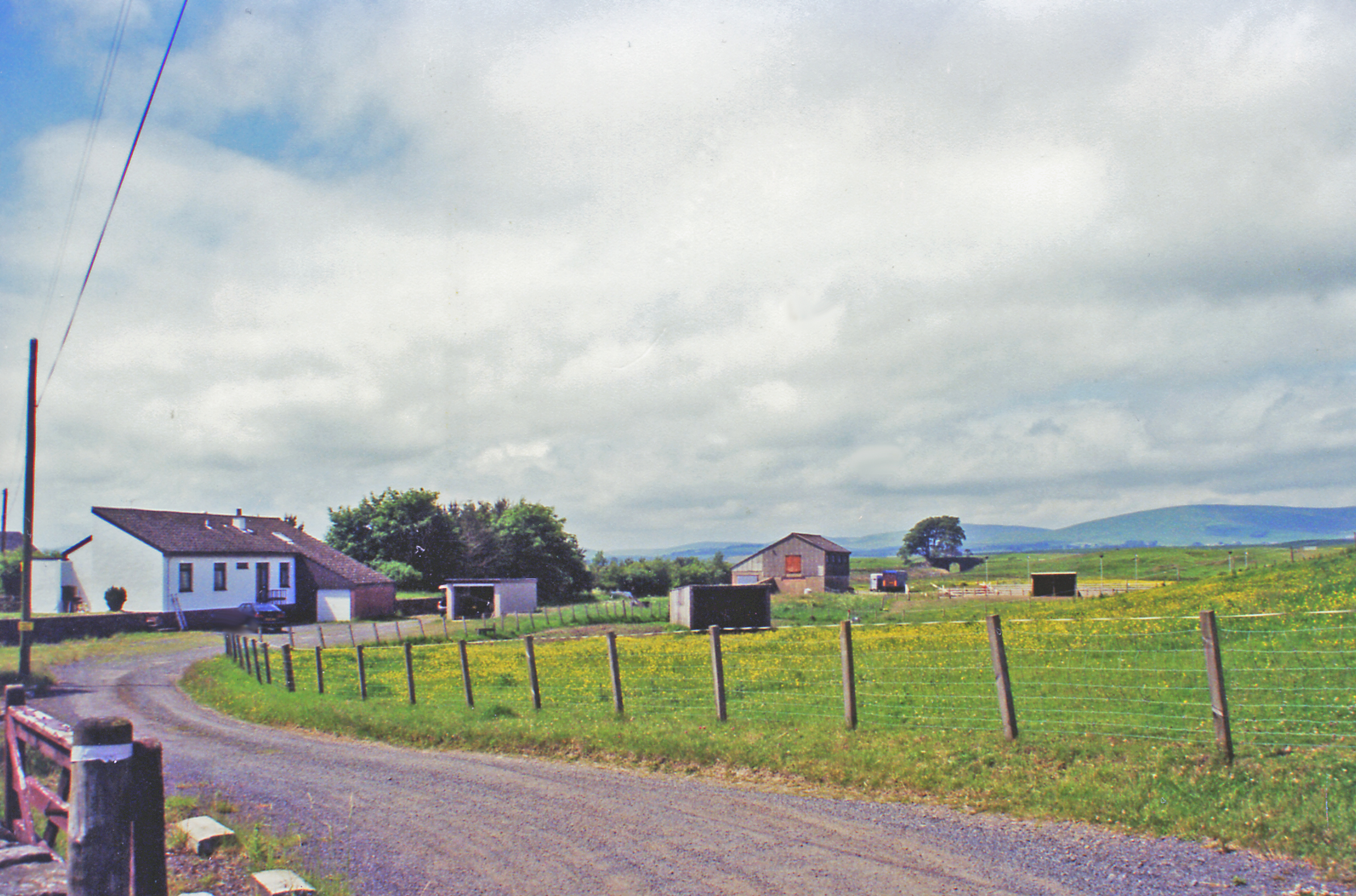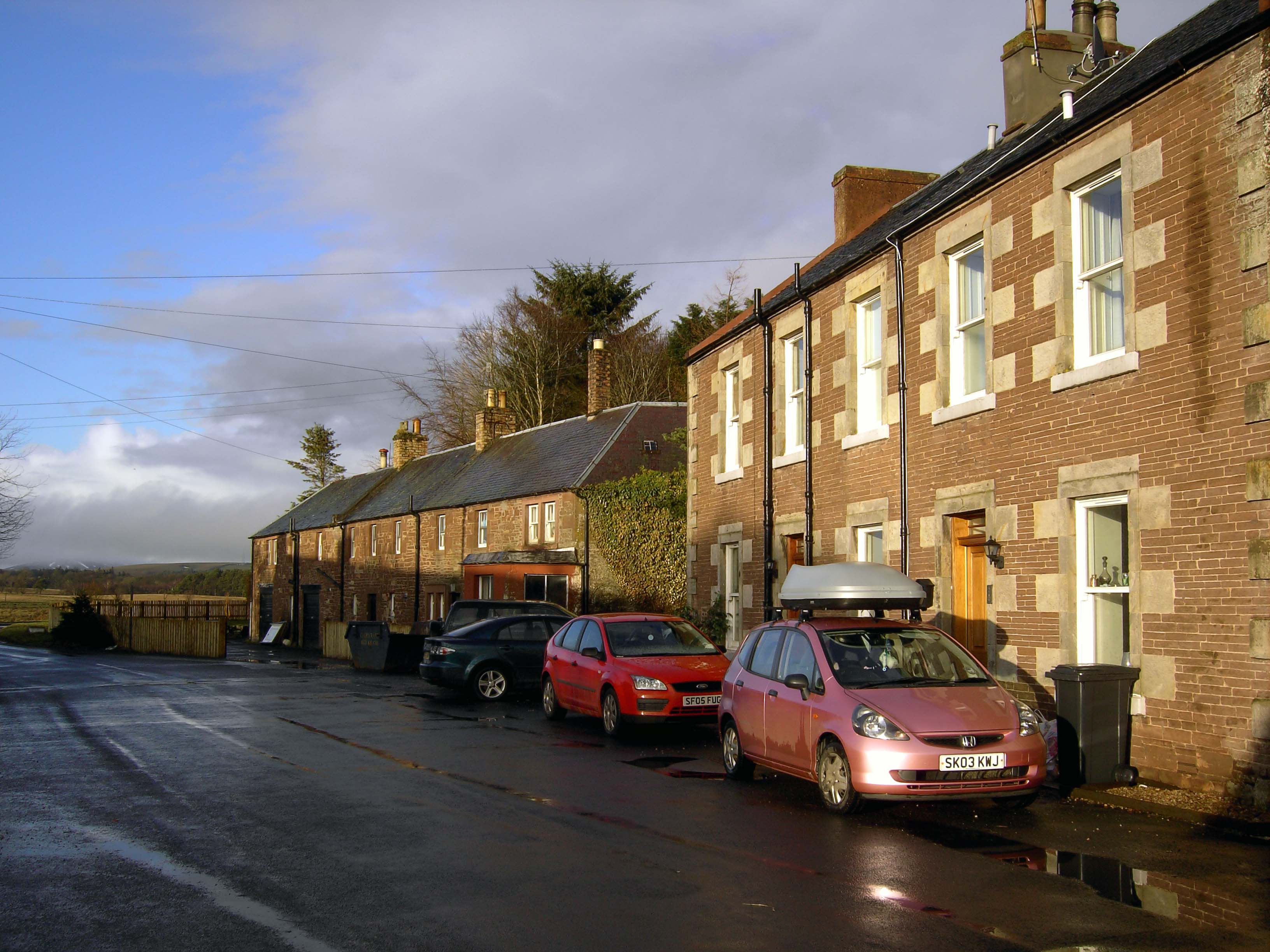Grassfield Hill
Hill, Mountain in Peeblesshire
Scotland
Grassfield Hill

Grassfield Hill is a prominent hill located in Peeblesshire, a historic county in the Scottish Borders region of Scotland. It sits within the Southern Uplands, a range of hills and mountains that span across the southern part of the country.
With an elevation of approximately 522 meters (1,713 feet), Grassfield Hill provides breathtaking panoramic views of the surrounding countryside. Its position in the Southern Uplands makes it a popular destination for hikers, nature enthusiasts, and photographers.
The hill is known for its diverse flora and fauna, including heather, wildflowers, and a variety of bird species. Visitors can enjoy peaceful walks along well-maintained trails, taking in the tranquil beauty of the Scottish countryside.
Grassfield Hill is also steeped in history, with ancient stone circles and archaeological sites scattered throughout the area. These remnants of the past add a sense of mystery and intrigue to the hill, attracting history buffs and those interested in ancient civilizations.
Access to Grassfield Hill is relatively easy, with public footpaths and roads leading to its base. However, it is important to note that the terrain can be challenging in places, especially during inclement weather conditions. Therefore, proper outdoor gear and navigation equipment are recommended for those planning to explore the hill.
Overall, Grassfield Hill offers visitors a chance to connect with nature, immerse themselves in Scotland's fascinating history, and experience the beauty of the Southern Uplands.
If you have any feedback on the listing, please let us know in the comments section below.
Grassfield Hill Images
Images are sourced within 2km of 55.729883/-3.2791993 or Grid Reference NT1949. Thanks to Geograph Open Source API. All images are credited.




Grassfield Hill is located at Grid Ref: NT1949 (Lat: 55.729883, Lng: -3.2791993)
Unitary Authority: The Scottish Borders
Police Authority: The Lothians and Scottish Borders
What 3 Words
///freedom.structure.rooster. Near West Linton, Scottish Borders
Nearby Locations
Related Wikis
Tweeddale
Tweeddale (Scottish Gaelic: Srath Thuaidh/Tuaidhdail) is a committee area and lieutenancy area in the Scottish Borders council area in south-eastern Scotland...
Lamancha railway station
Lamancha railway station served the hamlet of Lamancha, Peeblesshire, Scotland, from 1864 to 1933 on the Leadburn, Linton and Dolphinton Railway. ��2...
Macbie Hill railway station
Macbie Hill railway station served the hamlet of Coalyburn, Peeblesshire, Scotland, from 1864 to 1933 on the Leadburn, Linton and Dolphinton Railway....
Romannobridge
Romanno Bridge is a village on the Lyne Water, on the A701, in the Scottish Borders area of Scotland. Settlements nearby include West Linton, Halmyre,...
Nearby Amenities
Located within 500m of 55.729883,-3.2791993Have you been to Grassfield Hill?
Leave your review of Grassfield Hill below (or comments, questions and feedback).
















